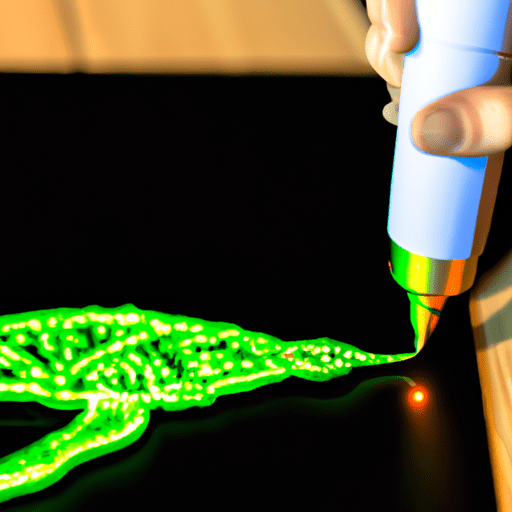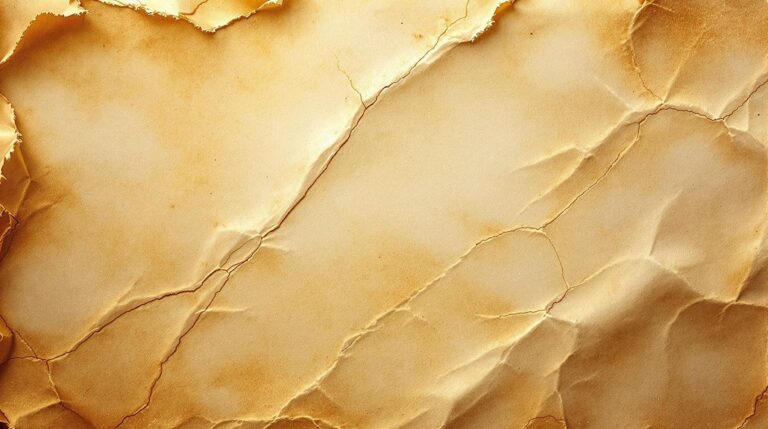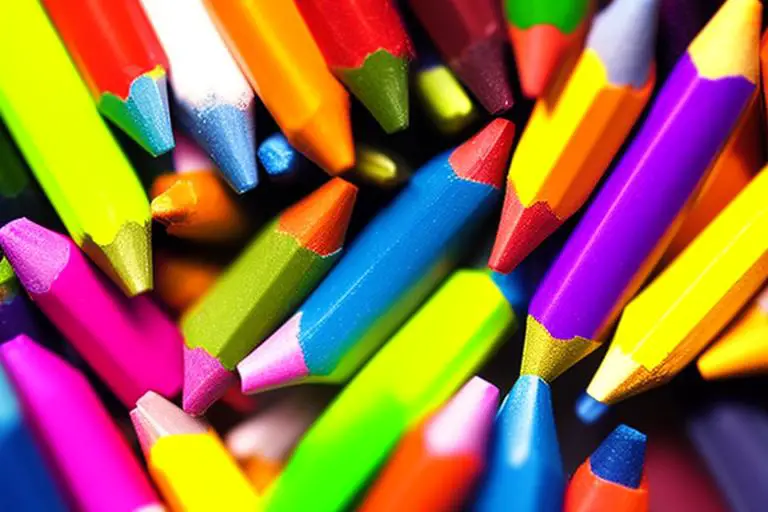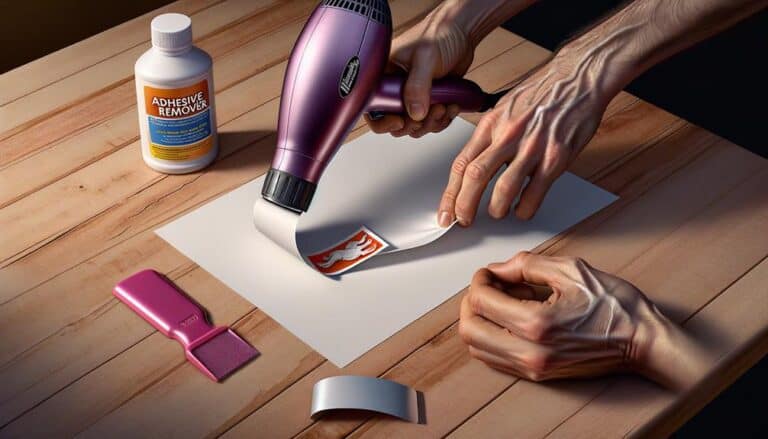What is a 3D Pen, and how does a 3D pen work?
3D pens are a fantastic tool that enables users to create unique and intricate 3D art and other designs with the press of a button. They are quickly becoming popular among hobbyists and professional creatives, allowing users to create intricate designs and shapes easily. But how does a 3D pen work?
This blog post will explore the basics of 3D pens and how they work to create 3D art. We’ll look at the components of a 3D pen, the types of materials used, and the different ways to use them. We’ll also discuss safety tips and tricks for getting the most out of your 3D pen. By the end of this post, you’ll better understand how a 3D pen works and how to use it to bring your creative ideas to life.
How does a 3D printer pen work?
A 3D printer pen works by heating a thin plastic filament and then extruding it through a pen-like tip. As the plastic exits the tip, it cools and hardens, allowing you to draw three-dimensional objects. The user controls the speed at which the filament is extruded, which decides how thin or thick each layer of the object will be.
To create an object with a 3D printer pen, you draw out the shape layer by layer until it’s complete. A 3D printer pen offers an easy way to create three-dimensional objects without using a large and complex 3D printer. It’s also perfect for making quick prototypes or testing ideas that can later be refined using more traditional methods.

What materials can a 3D printing pen use?
The primary material with a 3D printing pen is PLA, a thermoplastic derived from cornstarch. PLA can be heated up, melted, and then extruded through the pen’s nozzle, allowing the user to create solid shapes as they draw in the air.
Some 3D printing pens also support ABS filament, another type of plastic material that you can use for 3D printing projects. PLA and ABS are strong materials that allow users to create intricate designs with their 3D Printing Pen.
Is a 3D pen safe to use?
Some people may be concerned about safety when using a 3D printer pen. Generally speaking, 3D pens are considered safe when used correctly, but there are some critical safety issues to consider when using them.
To ensure the safest possible use of a 3D pen, use it in a well-ventilated area. Never touch the nozzle of a 3D pen while it is hot, as this can cause injury. It is also essential to follow the instructions with the 3D pen, such as the recommended temperature setting and the proper way to hold it. Additionally, be sure to use the correct type of filament for the 3D pen, as this can affect the safety of its use. With these precautions, a 3D pen can be a safe and fun tool.
These pens have been designed with safety in mind and include features such as an auto shut-off feature that turns off the pen if it’s not being used for a certain period. Additionally, these pens are typically made of durable materials to withstand regular use without any issues. In conclusion, while potential risks are associated with any device that uses heat, 3D printer pens are generally considered safe.
What can you do with a 3D pen?
With a 3D pen, you can draw anything from your designs to sculptures; the possibilities are endless. You can use it for prototyping, creating custom jewelry, and even making small toys. Imagine taking a simple drawing and making it come to life in 3D. It’s pretty remarkable.
You can also use a 3D pen for practical tasks like creating molds for small objects and repairing broken items. The best part about a 3D pen is that it’s easily accessible and affordable. Even children can use it to explore their creative side.
The technology is still relatively new, so you can be sure that you will find even more uses in the future. What can you do with a 3D pen? The answer is that you can do almost anything.
The creativity and fun you can have with a 3D pen are limitless! With practice and patience, you can build anything you can imagine.
How much do 3D pens cost?
Depending on the type of pen and brand, 3D pens can range in price from as low as $20 to over $100. The filament used by these pens typically comes in two types: PLA or ABS, with PLA being the most commonly used. Both plastics melt at different temperatures and have unique properties that make them ideal for 3D printing.
Are 3D pens safe for kids?
3D pens are a fantastic and creative way for kids to make 3D models and designs. While they are not as powerful or complex as a 3D printer, you can still use them to create fun projects. Most 3D pens on the market are safe for kids when used properly, as long as they are used in a well-ventilated area.
The pen extrudes plastic that cools quickly, so heat is involved to melt the plastic. As long as the plastic is disposed of properly, it is safe for kids to use with minimal risk of harm. With the variety of 3D pens available today, parents can find one that best fits their child’s skill level and interests. They provide hours of entertainment and learning for children who want to explore their creativity and bring art to life in three dimensions.
Children are susceptible and can quickly get burned, so supervise them using a 3d pen. Also, be sure to have some first aid supplies on hand, including a towel, burn cream, and bandages.
In general, 3D pens are safe for kids as long as they are used correctly. Unless you use a low-temperature 3D pen, children can still get burned if they touch the pen’s tip. If you are buying a 3D pen for a child, make sure they understand the risks of the product.
What are the most common filaments used for a 3D pen?
The most common filaments used for 3D pens are plastic filaments. A typical combination of plastic filaments includes ABS (acrylonitrile butadiene styrene) and PLA (polylactic acid). ABS is a petroleum-derived thermoplastic known for its strength, flexibility, and durability, and PLA is a biodegradable thermoplastic derived from renewable resources such as cornstarch or sugarcane.
Both materials have advantages and disadvantages, but they tend to be the most commonly used in 3D printing due to their affordability and availability.
ABS is often used for parts that require more strength and rigidity, while PLA is more suitable for parts that need to be more flexible or lightweight. In addition, both materials come in various colors, making them ideal for creating colorful 3D prints.
Advantages and disadvantages of Poly Lactic Acid (PLA)
Poly Lactic Acid (PLA) is a bioplastic that is becoming increasingly popular due to its many advantages over traditional petroleum-based plastics.
- PLA is a biodegradable, renewable material made from corn, sugarcane, and wheat. It is strong, durable, and lightweight.
- Compared to petroleum-based plastics, PLA has a lower environmental impact and is much easier to process and work with.
- It is also non-toxic, which makes it safe for food products and packaging.
- Additionally, PLA has a much lower melting point, making it ideal for 3D printing.
- It also has good optical clarity, which you can use in various applications such as containers, cups, and medical products.
- Finally, PLA is much cheaper than other bioplastics, making it more affordable for businesses. These advantages make PLA attractive for companies looking for sustainable and cost-effective materials.
However, it is essential to note some significant disadvantages to using PLA.
- One major drawback is that PLA is not as strong or durable as other materials, making it less suitable for applications that require strength or durability.
- Additionally, PLA has a low melting point, making it unsuitable for products that require high temperatures.
- It also has a low glass transition temperature, which makes it more prone to cracking when exposed to sudden temperature changes.
- PLA is also relatively expensive compared to other materials, so it can be costly for some applications.
- Finally, PLA is more prone to warping and shrinkage than other polymers, so it may not be ideal for applications that require tight tolerances.
Despite these drawbacks, PLA remains a popular choice for many applications due to its sustainability, biodegradability, and environmental benefits.
Conclusion
One of the most impressive capabilities of 3D pens is the ability to create intricate designs with them. These tools are much like traditional pens, allowing you to draw or write on surfaces quickly, but they also feature an extra layer of functionality.
By controlling the speed and angle at which the pen is used, users can draw in three dimensions, creating shapes and sculptures of any complexity. This makes 3D pens an excellent tool for artists, enabling them to develop complex and eye-catching art pieces.








